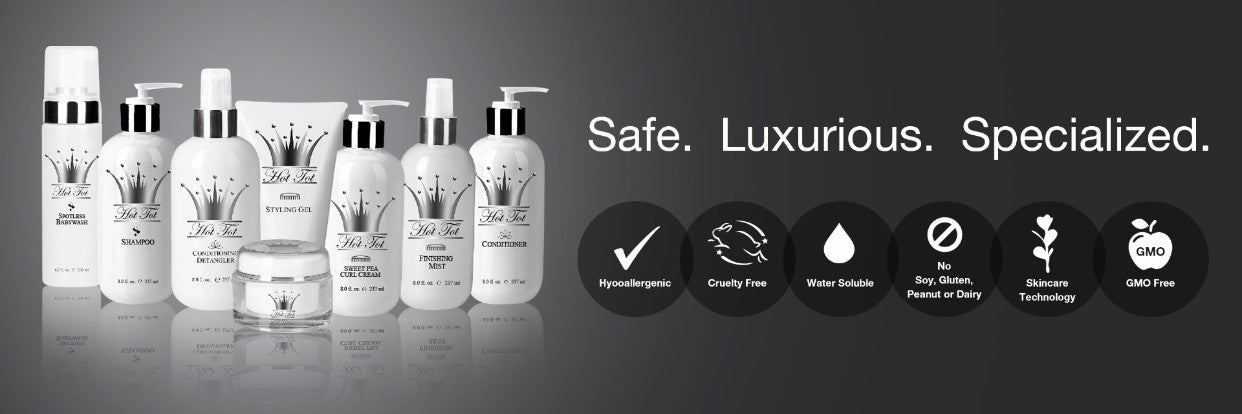What is cradle cap?
Cradle cap, or seborrheic dermatitis, is a common condition that appears in the first few months of life that is characterized by flaky dry skin on baby’s scalp. Yellowish or brown scaling patches are also a common indicator of cradle cap.
What causes cradle cap? Is it serious?
While the exact cause of cradle cap is unknown, experts agree that it is not caused by poor hygiene or allergies. Some speculate that it is the result of a baby’s exposure to their mother’s hormones at the end of pregnancy, though research has yet to confirm this theory.
Cradle cap isn’t contagious and probably doesn’t bother babies at all though does have the potential to itch if it gets severe. Most often, it will clear on its own within six to 12 months; some babies have it for a longer duration of time.
How should I treat cradle cap?
While cradle cap does not require treatment, parents can try a the following suggestions if it bothers them:
* Bathe baby more frequently (up to once a day). Use a mild wash and be sure to thoroughly rinse the soap.
* Gently massage baby’s scalp with a soft brush to loosen the scales
What is dandruff?
Dandruff, also known as scurf or Pityriasis, is a common condition that affects the scalp and causes flakes of skin to appear. While dandruff is not contagious and is rarely serious, the itchiness that may accompany the condition may be a genuine nuisance for some.
Why does dandruff occur?
Even though dandruff is very common in children and adults alike, doctors have yet to determine the exact cause. According to the National Institutes of Health, some believe that dandruff is the result of a struggle between sebum and yeast, two naturally occurring substances on the scalp. In times of hormonal changes, immune complications and stress, yeast production may accelerate, overpowering the sebum and robbing the scalp and hair of moisture and thus leading to scalp irritation and flaking.
How can I treat and prevent dandruff?
Before pursuing treatment, you should first determine the cause of your child’s dandruff. A sunburned scalp can peel and mimic dandruff symptoms though a sunburn will eventually heal on its own. While some children may benefit from a specialized anti-dandruff shampoo, here are a few easy tips that also may help:
* Make sure your children are properly rinsing the shampoo out of their hair. While childhood is a time when little ones seek autonomy, supervision during bath time is important.
* Instruct your child to use warm or cool water to rinse their hair, as hot water can potentially damage hair follicles and disturb the scalp.
* Lightly brush your child’s hair with a soft brush to loosen the flakes.
* Ensure that your child is consuming a healthy diet and minimal junk food. A nutritious diet is always helpful.

